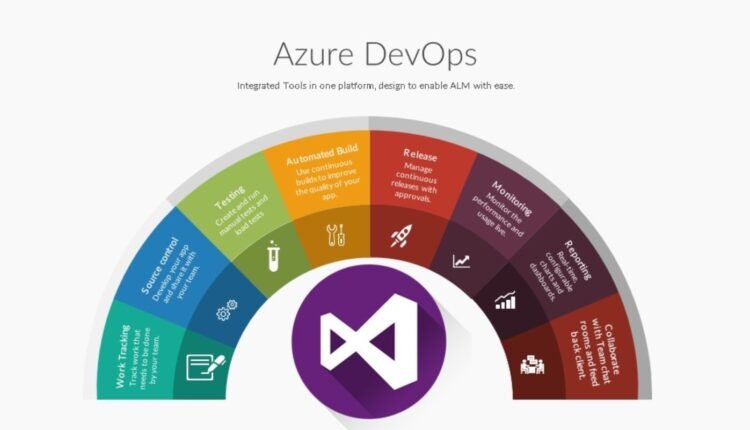Imagine building a skyscraper. Continuous Integration (CI) is akin to ensuring that every new brick or steel beam is inspected and seamlessly integrated into the structure. Continuous Delivery (CD) is preparing the floors so that, at any moment, the building can be opened for use. DevOps, however, is the larger city plan—it’s the collaboration between architects, builders, electricians, and inspectors that keeps the entire project running smoothly.
For beginners, these terms can feel overwhelming. CI, CD, and DevOps often overlap in conversation, but each plays a unique role in shaping how software is built, tested, and delivered. Understanding them is the first step toward becoming fluent in modern software engineering.
Continuous Integration: Building Without Cracks
CI is like a workshop where carpenters constantly check their measurements against the blueprint. Every time developers commit new code, it is automatically tested and merged with the shared repository. This prevents “cracks” from forming—conflicts, bugs, or integration errors that are harder to fix later.
Advanced CI pipelines may include automated unit tests, static code analysis, and quality gates that ensure the project remains stable and reliable. By integrating frequently, teams reduce surprises and keep the “skyscraper” of software sturdy as it grows.
For learners, practical exposure to DevOps through a course in Hyderabad often begins with CI/CD pipelines, as they demonstrate the importance of automation and collaboration in real-world projects.
Continuous Delivery: Always Ready to Launch
If CI ensures the building blocks are solid, CD ensures the entire structure is ready to welcome guests at any time. With CD, every code change that passes integration tests is automatically prepared for release. It doesn’t mean deploying every change instantly, but it guarantees the system is always in a deployable state.
Think of it as a theatre troupe rehearsing daily. The play might not open every night, but the actors are always ready to perform when the curtain rises. CD brings confidence to teams, knowing they can release software quickly without long preparation cycles.
Continuous Deployment: Taking the Next Step
Continuous Deployment pushes CD one step further. Here, code that passes automated testing is automatically deployed into production without manual approval. It’s like opening the theatre every night after rehearsal—changes reach the audience as soon as they are ready.
This approach requires robust monitoring, rollback mechanisms, and absolute trust in automation. While not every organization embraces continuous Deployment, those that do benefit from rapid feedback loops and quicker innovation.
DevOps: The Larger Ecosystem
While CI and CD focus on automating stages of software delivery, DevOps is the broader philosophy that enables them to be possible. It’s the cultural bridge connecting development and operations, ensuring that communication flows as freely as code.
DevOps is not a single tool, but an ecosystem of practices: infrastructure as code, automated testing, containerization, and monitoring all fall under its umbrella. It transforms software delivery from isolated silos into a collaborative city, where everyone contributes to a shared goal—faster, more reliable releases.
Institutes offering a DevOps course in Hyderabad often emphasise this holistic perspective. They highlight not only the technical practices but also the cultural changes that allow teams to work seamlessly across boundaries.
Conclusion
CI, CD, and DevOps are often spoken of together, but they serve distinct roles. CI focuses on integrating changes smoothly, CD ensures those changes are always ready for release, and DevOps provides the culture and ecosystem that brings it all together.
For beginners, clearing the confusion means seeing these concepts not as buzzwords but as interconnected parts of a bigger story. Just as a skyscraper needs inspections, rehearsals, and collaboration, modern software needs CI, CD, and DevOps to rise tall without cracks.
By embracing these practices, developers and organisations alike gain resilience, speed, and confidence in a rapidly changing digital world.


Comments are closed.